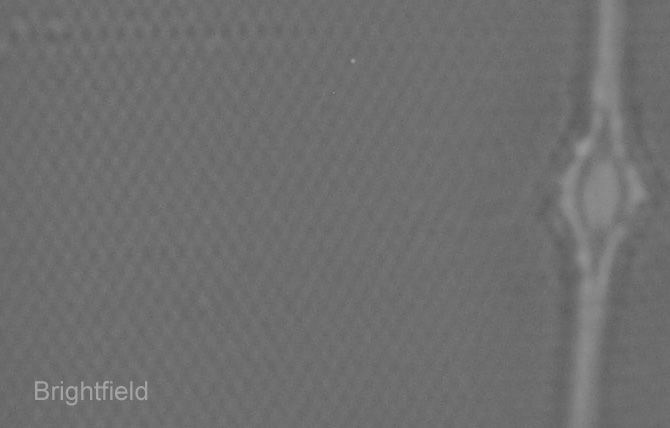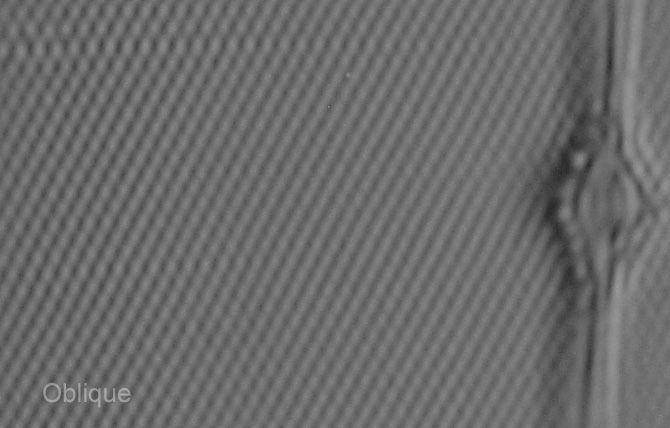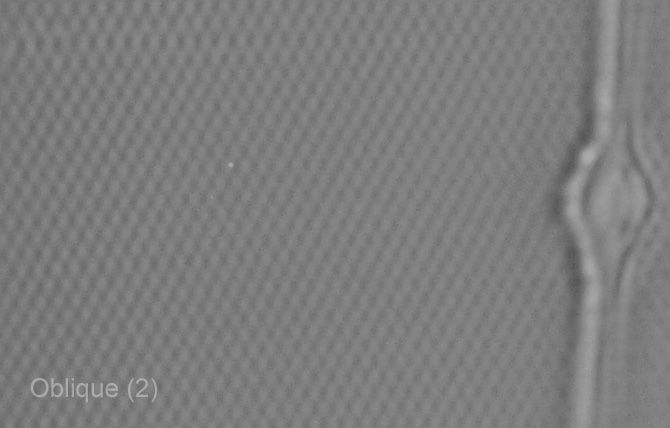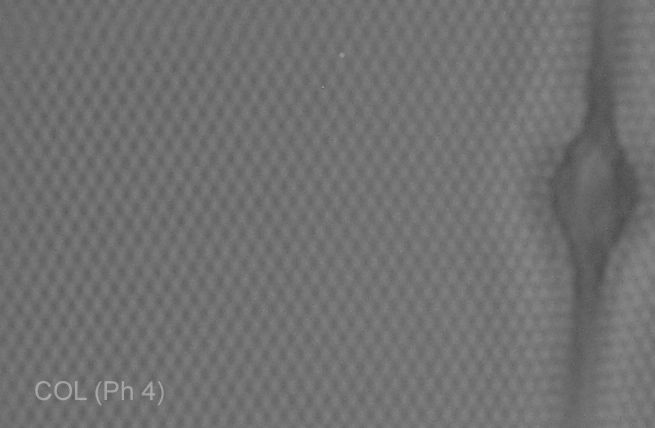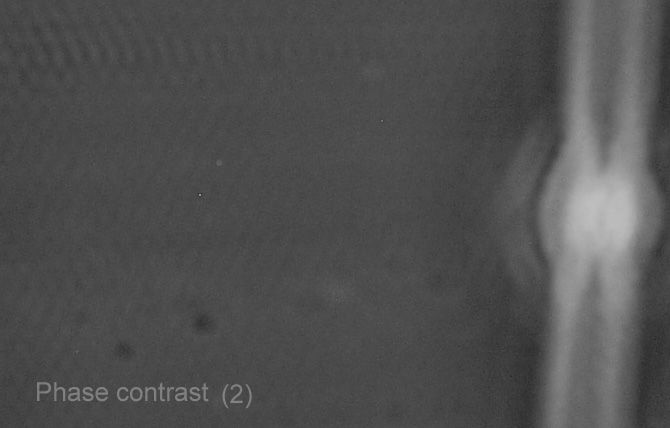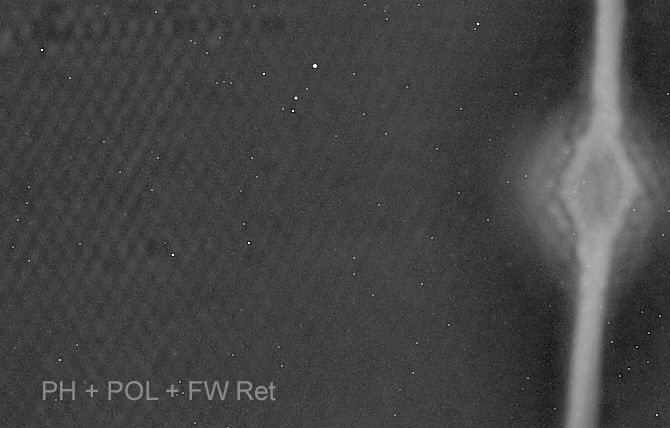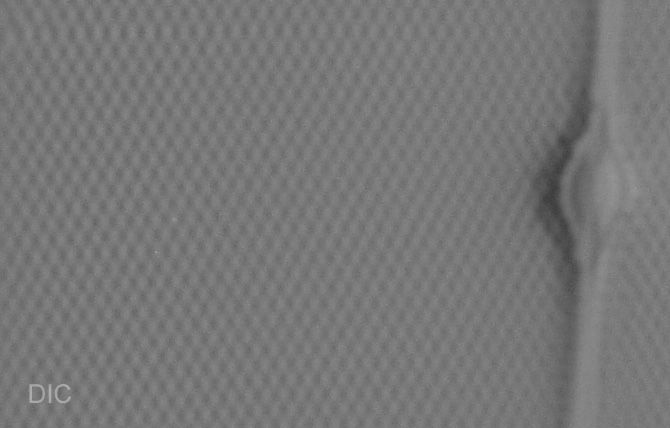I filmed the test diatoms because I usually only shoot videos. Also, I wanted to push my rig to its light sensitivity limit. Videos need more continuous light and demand balance between brightness, contrast and resolution.
My camera (Olympus E-PM2) does videos at 1080p and 20Mbps, which seems decent considering its age.
Those two videos' resolution and contrast was optimized for Navicula lyra, by the way.
Edit: I apologize, as my test diatom slide is partially damaged / shifted by heat (from my previous halogen light). Klua Kemp sent me a perfect slide, but I messed it up
The combo of COL+POL+retarder gave significantly better 3D effect than UGF and it resolved Navicula to dots in video (whereas UGF only resolved it to lines in video), at least to my eyes.
But the combo filter takes more time and patience to set up optimally. And for different test diatoms, this combo performs very differently - Navicula lyra and Pleurosigma angulatum looked best at the diaphragm/filter stop setting of the COL+POL video, but not other diatoms for example Frustulia rhomboides looks worse.
In comparison, UGF seems to flatten out some thick diatoms like Navicula lyra and favors thin diatoms like Frustulia rhomboides.
